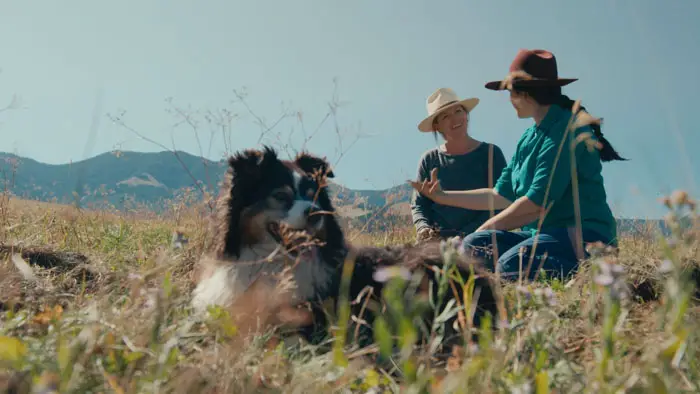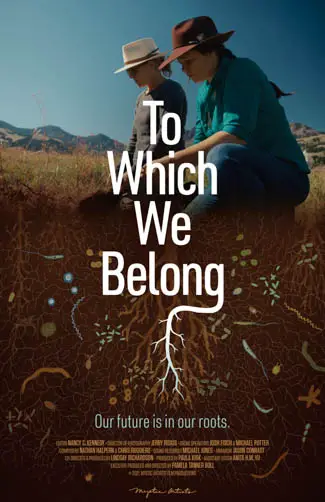
With the world on the brink of disaster due to climate change, are we really still waiting for the world’s governments to do something? Newsflash! They ain’t gonna do a thing. But, there is something that can be done, and Pamela Tanner Boll and Lindsay Richardson’s documentary, To Which We Belong, found the answers in the most unlikely but most obvious place.
Environmental doom-and-gloom has always loomed large since I walked the Earth. The Climate Change argument, in simplest terms, states that the exponential growth of the world’s population and their increased dependence on industrial solutions and fossil fuels has increased the levels of carbon dioxide in the atmosphere has heated the atmosphere where polar ice caps are melting and creating desert conditions across the planet.
While the message of Earth’s destruction isn’t new, the feature-length film makes the bold claim that the problem of climate change can be solved, and the key is in the Earth’s soil. The answer is rethinking how the world approaches land management and radically changing agricultural industry. We are killing our soil and extracting and destroying all the nutrients through faulty farming practices and reliance on chemical pesticides and fertilizers.
Starting with agriculture, most of the farming land in the U.S. (and around the world) is used for monocrops, i.e., to grow one crop year-round (like corn). Directors Boll and Richardson makes the case that through principles of bio-diversity and growing several different crops would produce a diverse selection of crops and reduce the reliance on harmful chemicals.
To Which We Belong also makes the case that livestock is an essential factor in saving the planet. Our chickens, cows, and pigs are currently locked in coops and pens. Their only job is to eat, get fat, and die. By moving livestock out of these prisons and back onto farmland for grazing, they bring life back to the soil by breaking up harsh, dry land, grazing the plants and grass, and creating natural (and far superior) fertilizer. The result is healthier produce and healthier meat.

“…the problem of climate change can be solved, and the key is in the Earth’s soil.”
But so much damage has been done already. Can the Earth be saved? To Which We Belong says yes. Livestock can revitalize farming soil and creates more foliage and “green” land. In addition, the plants pull carbon dioxide and filtrate our air. Cleaning the air makes the land fire-resistant and restores rains patterns.
As people, there are ways we can get involved. For example, along the coast, fishers have found ways to restore much-needed kelp beds and increase the growth of the fish and shellfish population. In Africa, deserts are restored to what was once extensive farmland thanks to correcting the damage done to valuable water sources.
To Which We Belong makes a compelling argument that all is not lost at the moment, and this Titanic of a problem can be steered toward the right path. Boll and Richardson interviews many farmers (and fishers) worldwide who were on the brink of bankruptcy and put their faith in nature and turned things around. She also interviews many agricultural experts, including soil expert Nicole Masters, The Savory Insitute’s Allan Savory, and members of The Nature Conservancy.
I’ll be honest. I’m generally not on the environmental, political bandwagon. I feel that the movement is more about politics and less about actually saving the planet. What I appreciate about To Which We Belong is how it presents real, common-sense conclusions that both benefit the environment and a starving global population in miraculous ways.
For more information, visit To Which We Belong’s official website.

"…presents real, common-sense conclusions that both benefit the environment and a starving global population..."


